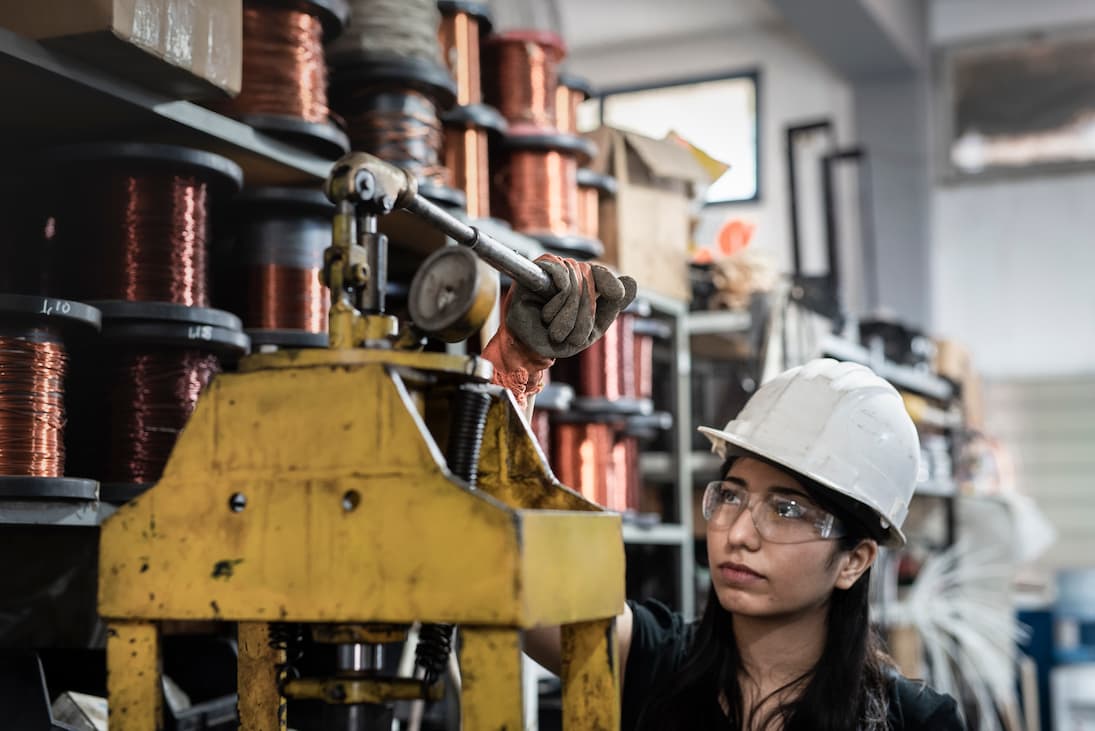The Workplace Gender Equality Agency (WGEA) has published a report showing that the gender pay gap is widening in some trade sectors.
For the first time, the report contains data on base salary and total remuneration median gender pay gaps for private sector employers in Australia with 100 or more employees.
“The release of employer gender pay gaps marks a historic step towards transparency and accountability in addressing gender inequality,” says Senator Katy Gallagher, the Federal Minister for Women.
“Transparency and accountability are critical for driving change. By shining a light on gender pay gaps at an employer level, we are arming individuals and organisations with the evidence they need to take meaningful action to accelerate closing the gender pay gap in Australian workplaces.”
Overall, the average total remuneration gender pay gap dropped to 21.7 per cent in 2022–23, down from 22.8 per cent in 2021–22 – the second largest single-year drop since WGEA started collecting employer data in 2014. Still, on average, for every $1 men earn in Australia, women earn just 78 cents.
According to Gallagher, the gender pay gap costs the Australian economy $51.8 billion per year.
While there is no targeted data for HVAC&R, most companies in the sector were categorised in one of three industries: construction, manufacturing or wholesaling.
Construction
The report shows that construction has the largest median employer gender pay gap of any industry: 31.8 per cent – up from 31.3 per cent in 2021–22. In real terms, the gap in average total remuneration between men and women is $39,395 per year. Interestingly, the gender ratio is exactly as lopsided for people working as CEOs (94 per cent male, 6 per cent female) as it is for technicians and trades workers.
Manufacturing
The figures are slightly less stark for manufacturing as a whole, which has an overall median gender pay gap of 18.1 per cent – on par with the numbers from 2021–22. The differences are most pronounced in the field of sales, where men make $22,843 per year more than women. For senior managers, executives, and general managers, however, the pay gap actually skews slightly in favour of women, with female key management personnel making $1,183 per year more than their male counterparts. Given that women make up only 20 per cent of the top quartile of earners in manufacturing, this skew might not be particularly significant overall.
When refined to focus on machinery and equipment manufacturing, the data tells a different story once again. For this subsector, the median gender pay gap has actually increased from 21.6 per cent in 2021–22 to 23.9 per cent in 2022–23.
Wholesaling
Machinery and equipment wholesaling has a median gender pay gap of 16.2 per cent, the lowest of the industries where most HVAC&R businesses are categorised – but this has increased from 2021–22. Men make up 93 per cent of the CEOs in this sector, and male key management personnel earn nearly $50,000 per year more than their female counterparts.
The WGEA’s data explorer tool allows users to search through the data by industry or by employer. It also shows the policies that individual employers have in place, and the actions they are taking to close the gender pay gap.
Do you find the results surprising, and do you think the HVAC&R industry is doing enough to close the gender pay gap? Let us know in the comments below.
Image courtesy of Gabriela Juri via Scopio.
 Nick Johns-Wickberg
Nick Johns-Wickberg


Leave a Reply